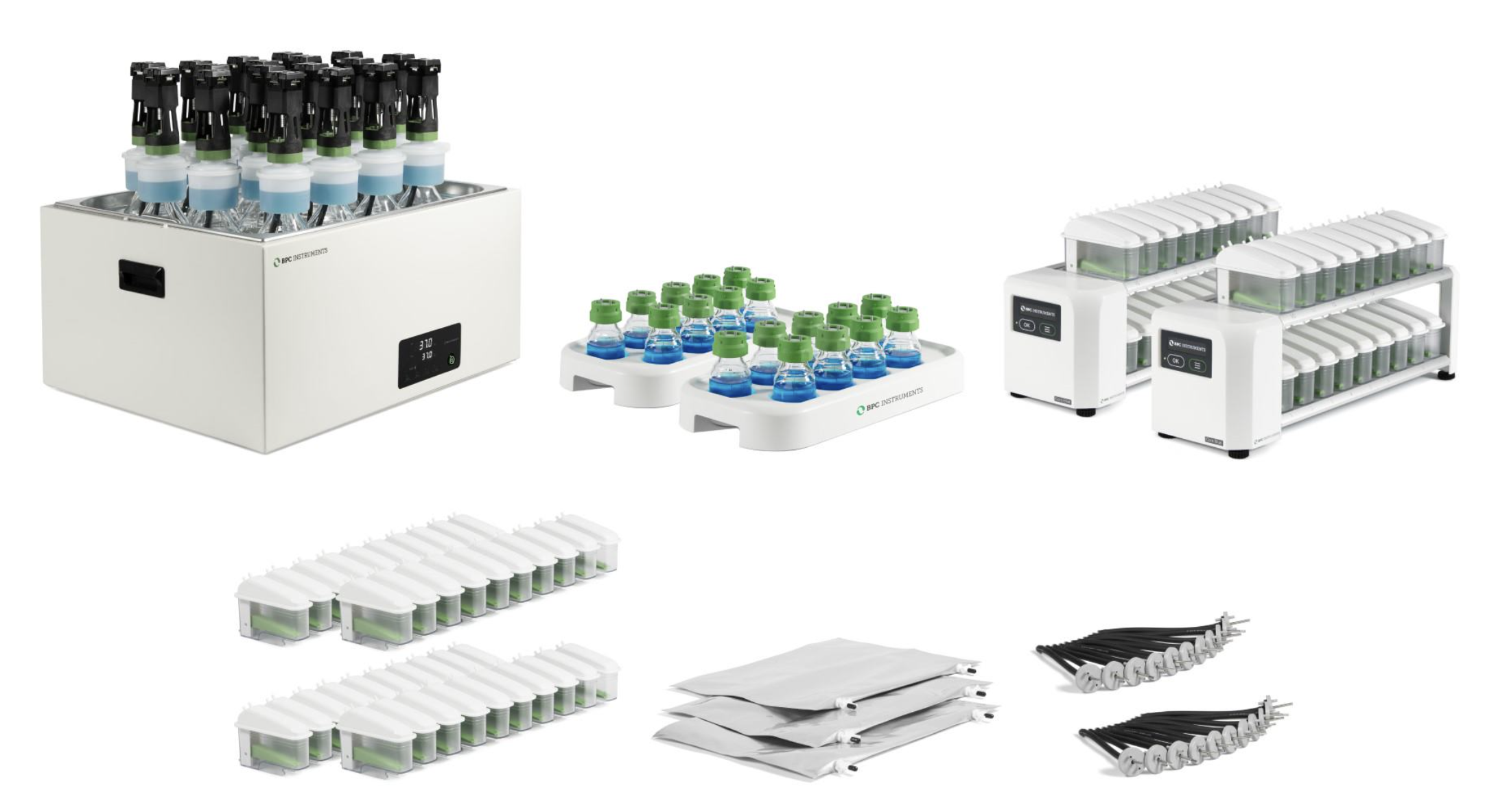Aerobic biodegradation of non-floating materials exposed to marine sediment
ISO 19679:2020 specifies a test method to determine the degree and rate of aerobic biodegradation of plastic materials when settled on marine sandy sediment at the interface between seawater and the seafloor, by measuring the evolved carbon dioxide (CO2) – a method derives from ISO 14852. This test method can also be applied to other solid materials. The testing medium is based on a solid phase and a liquid phase. The solid phase is a sandy marine sediment laid in the bottom of a closed flask; the liquid phase is a column of natural or artificial sea water, poured on the sediment. The test material is preferably in the form of a film to be laid down on top of the sediment, at the interface between the solid phase and the liquid phase. This is a simulation of an object that has sunk and finally reached the sea floor. The carbon dioxide evolved during the microbial degradation is determined by a suitable analytical method. The level of biodegradation is determined by comparing the amount of carbon dioxide evolved with the theoretical amount and expressed in percentage. The test result is the maximum level of biodegradation, determined from the plateau phase of the biodegradation curve.
Please notice the aerobic biodegradation of non-floating materials in a seawater/sediment interface can also be analysed according to ISO 18830:2016 based on measurement of oxygen demand (BOD) which is the recommended method for BPC Blue with a simplified system configuration, higher measurement reliability and capacity.
Read more about ISO 19679 at iso.org.


